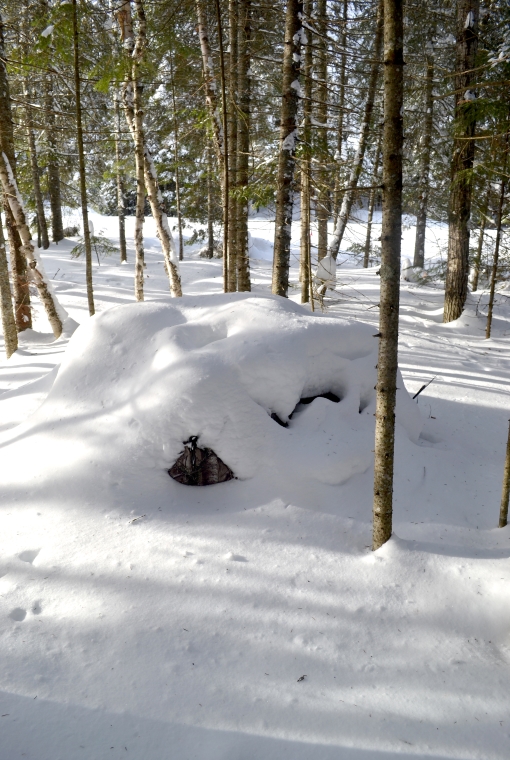
Late-season big game hunters appreciate a blanket of fresh snow — unless you’re hunting from a ground blind. That’s because, as good as many modern blinds are, I haven’t found one that will stand up to a heavy northwestern Ontario snowfall. At a minimum, the roof collapses, and depending on how much snow accumulates, poles start breaking, which have a habit of punching through the blind material.
Here’s a quick preseason project that prevents blind damage, and avoids the expense of a replacement blind.
Here’s how to build one
• Find four fairly evenly spaced trees to set your blind between.
• Screw four 2x4s across the span of the trees, forming a rough, downward sloping rectangle. The slope will encourage snow to slide off.
• Add a couple of 2x4s to the interior of the rectangle to support the roof.
• Cut a piece of treated plywood and screw it to the 2x4s. The roof might not be symmetrical, and might require some creative cuts.
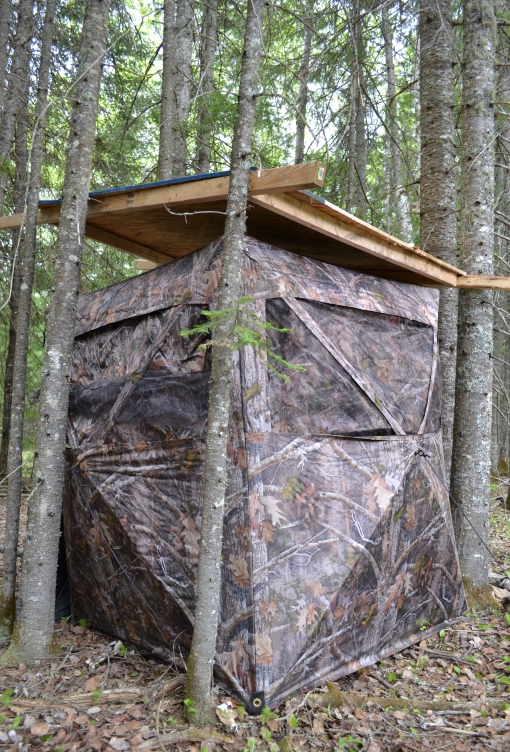
On private land, experiment with chipboard or roll roofing for a more permanent structure. It’s worth it on a long-term site. I’m currently testing metal roofing, covered with burlap to dampen rain noise. (Yet to be tested with a big whitetail 20 steps away!)
A common sight for anyone who leaves a ground blind up late.
Public land tip
I spoke with MNRF enforcement staff about using this on public land and learned that a ground blind with a simple roof cover may be used, as long as it’s solely for hunting and not overnight accommodation.
Originally published in the Nov.-Dec. 2019 issue of Ontario OUT of DOORS magazine


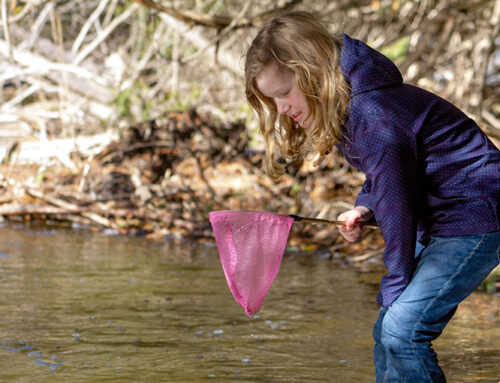
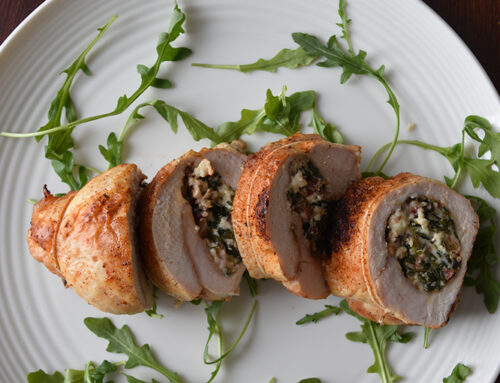

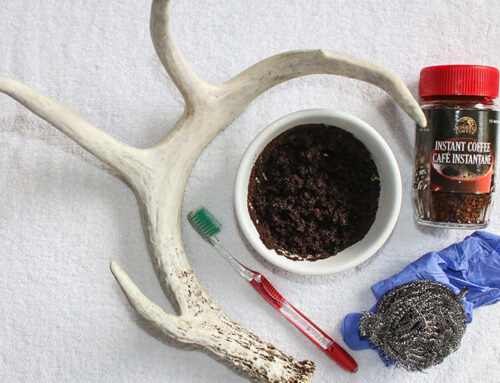
Why not just get an extendable pole to hold the Center up so it won’t collapse. A paint roller extension handle works good, 2 pieces of pvc pipe that fit one inside the other with some holes and a pin works good also.
Why can’t you sleep over night in your ground blind? MNRF should show the law that prohibits it. No different than a small tent if you happen to get caught out late in the bush. Seems like it is just one CO’s misguided opinion.
I didn’t think you were allowed to attach anything like screws to trees on public land.
Ermanno, while the Public Lands Act does not state that attaching screws or establishing structures is illegal, it does highlight that such items may be asked to be removed: https://www.ontario.ca/laws/statute/90p43